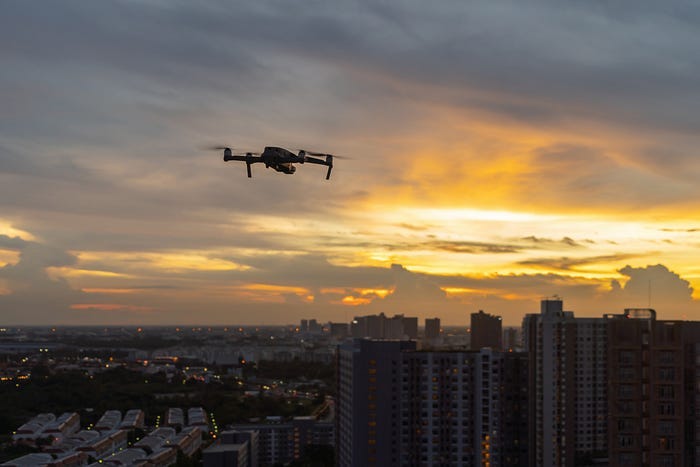Why I Think the New Jersey Drones Are a Foreign Adversary
A foreign adversary is flying drones over sensitive US airspace, harassing US citizens, and doing so at will, with no repercussions.
Alright, friends, buckle up, because this story is equal parts Hardy Boys mystery, technology, and “Wait, what the heck is going on?”
Over the past few weeks, New Jersey has found itself under siege — not by aliens (probably) or even Dunkin’ Donuts, but by giant drones. And when I say “giant,” I’m talking SUV-si…




